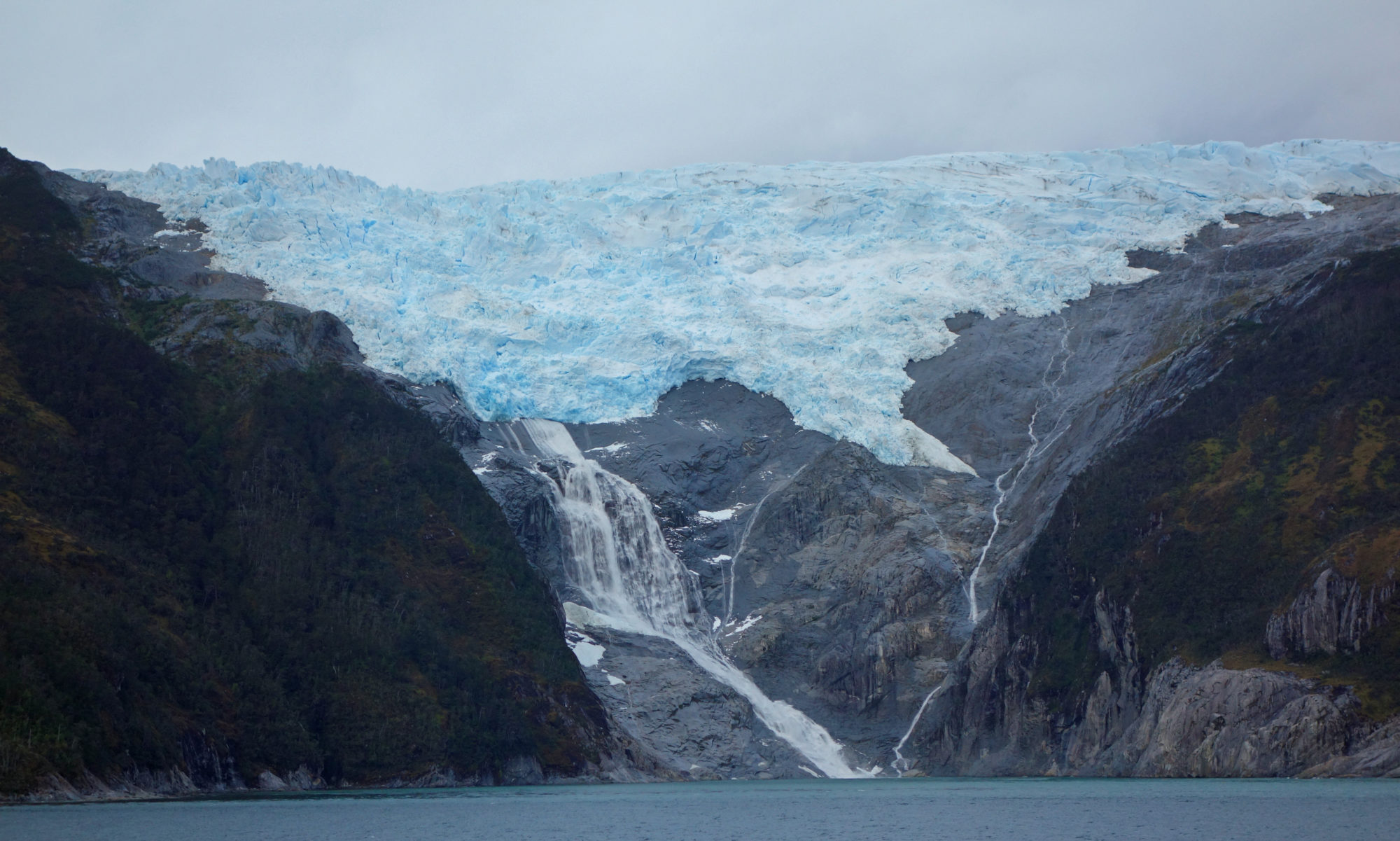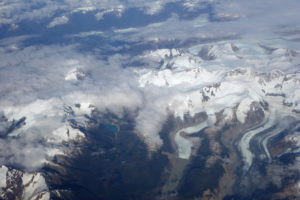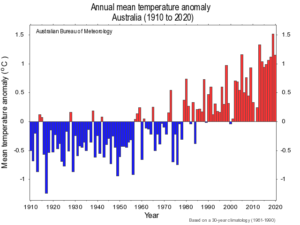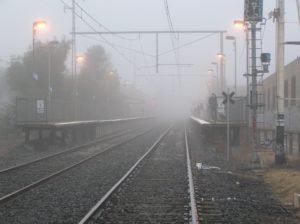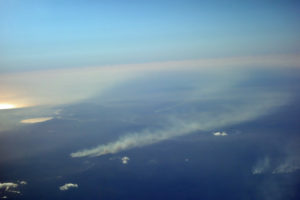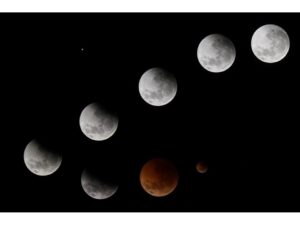If there was a cheap pill which lowered your risk of developing non-contagious diseases such as heart disease, depression, dementia, and cancers, would you take it?
Of course, there is no such pill. But there are ways that you can lower the risks.
You will probably guess what these ways are, but to understand why it is necessary to review the path of human evolution. This information was recently provided by Herman Potzer in Scientific American, January 2019.
Our closest living relatives, the great apes have quite low levels of physical activity, yet suffer no ill health effects as a consequence. But humans evolved on a different path beginning some six million years ago. As we descended from the trees there were gradual anatomical changes. The size of the brain increased substantially. Our physiology adapted to the intensive physical activity that hunting and gathering requires.
Humans have evolved to require far higher levels of exercise to be healthy. We have developed a dependence on physical activity. We do need at least 10,000 steps per day.
According to Wikipedia “The Paleolithic diet, Paleo diet, caveman diet, or stone-age diet is a modern fad diet requiring the sole or predominant consumption of foods presumed to have been the only foods available to or consumed by humans during the Paleolithic era”. This means a diet with much less fat, processed foods and especially sugar.
But to go with the diet, we need the activity of the hunter gatherer, as well as the food, in order to be healthy. Our large brain size suggests that we also need frequent mental activity.
Here are some guidelines for limiting the risk of developing some specific diseases.
Bowel cancer
An article in The Age on January 22, 2019, reported that the incidence of bowel cancer amongst young adults is rising – by up to 9.3% per year since the mid-2000’s. This information is based on a study published in “Cancer Epidemiology, Biomarkers and Prevention” this month. Lead author Eleonora Feletto, Research Fellow at Cancer Council NSW, said that eating less red meat and processed meat, limiting alcohol intake, not smoking, and increasing physical activity are all lifestyle factors which reduce bowel cancer risk at all ages.
Eating less red meat also has side benefit – it will reduce the greenhouse gasses emitted by cattle and so help to limit climate change.
Depression
ABC news reported on 24 January 2019 that a new study published in JAMA Psychiatry provides the strongest evidence yet that exercise has a protective effect against depression. Based on genetic and other data from 300,000 adults, the study found that replacing sedentary behaviour with 15 minutes of vigorous activity each day can reduce depression risk by roughly 26 per cent. While such a correlation had already been identified, the use of genetic data shows a causal path. The research team looked at people who carry genetic variants associated with increased physical activity, and whether these variants impacted their risk of depression. It was found that higher levels of physical activity (objectively measured, and indicated by associated gene variants) were linked to lower levels of depression.
Dementia
In April 2017, Scientific American carried an article by Miia Kivipelto and Krister Hakansson, both at Karolinska Institute Sweden, which reported on a gold-standard clinical trial that found that cognitive impairment can be prevented or delayed by promoting changes in behaviour and by managing vascular risk factors.
In the trial, 1,260 men and women between the ages of 60 and 72 were randomly assigned to a control group and a treatment group. The trial took place between 2009 and 2011. Two hundred experimental drugs intended to treat Alzheimer’s disease have failed in the past 30 years but association studies over the past 15 years have indicated that good diet, exercise, an active social life, and the achievement of higher education levels may diminish the risk of Alzheimer’s and other dementias later in life.
The main ingredients in the recommended diet of the intervention group were fruits, vegetables, whole grains and rapeseed oil, along with a fish meal at least twice a week. The only food supplement was vitamin D. The physical exercise included muscle-strength training, aerobic exercise, and posture balance. The intervention group also used a computer program to train on a range of cognitive tasks including memory improvement.
After two years the treatment group showed clear benefits: overall cognitive performance improved on average in both the treatment and control groups, but the treatment group benefitted 25% more than did controls. The risk of waning cognitive performance was 30% higher in the control group.
More recently, a study published in Nature Medicine by Xu Chen and Li Gan (“An exercise-induced messenger boosts memory in Alzheimer’s disease”, January 2019) suggests that a hormone released during exercise, Irisin, which initiates biochemical reactions throughout the body. Irisin does exist in the brain. There is, as yet, no proof that this hormone can prevent Alzheimer’s but it may allay some of the effects. The hormone appears to operate by enhancing synaptic plasticity and memory.
Prostate cancer
An informative book on prostate cancer is Dr, Patricks Walsh’s guide to surviving prostate cancer (fourth edition, 2018) co-authored by Janet Farrar Worthington.
Walsh and Worthington say that there are some risk factors we can’t do anything about, such as age and being of African ancestry.
Their advice about what men can do to reduce the risk of developing prostate cancer includes:
- Lose weight. Too much fat, especially around the middle, increases a man’s risk of developing prostate cancer that is more aggressive and more likely to be fatal.
- Don’t smoke. Smoking does not appear to cause prostate cancer, but smokers who develop prostate cancer are more likely to die of it.
- Eat smarter – the relationship between diet and prostate cancer is complex and it cannot be definitely said that eating too much red meat causes prostate cancer. Variety is the best advice, focused on a diversity of high nutrient foods and a minimum of junk food.
- Exercise. Scientists are increasingly sure that a lack of exercise has an influence on the development of the disease, especially on lethal prostate cancer. Exercise helps men do better at every stage of the disease.
More on prostate cancer at myprostate.com.au.
Other cancers
Fourteen cancer types, including breast cancer, have been declared by the World Cancer Research Fund to be associated with being overweight and especially obese (The Age, February 4, 2019). The recommendations are more exercise and eating more fruit, vegetables, and whole grains.
Heart disease
Heart disease and stroke are major killers. Lifestyle recommendations to lower the risk include:
- Don’t smoke;
- Good nutrition – choose a diet that emphasizes intake of vegetables, fruits, and whole grains; includes low-fat dairy products, poultry, fish, legumes, nontropical vegetable oils, and nuts; and limits intake of sweets, sugar-sweetened beverages, and red meats.
- Be physically active every day to a total of at least 150 minutes per week.
- Then of course, there is blood pressure, cholesterol, and triglycerides to minimise.
Source: https://www.heart.org/en/health-topics/heart-attack/life-after-a-heart-attack/lifestyle-changes-for-heart-attack-prevention.
We are not taking these evolutionary precautions
Many of us are not taking the advantage of the healthy lifestyle which we have evolved to require.
An October 2018 report by the Australian Institute of Health and Welfare (aihw.gov.au) “Nutrition across the life states” shows that a high proportion of people do not have a healthy diet and that this starts at a young age.
The report shows that:
Australians of all ages generally:
- do not eat enough of the 5 food groups—vegetables, fruit, grains, meat and alternatives, and dairy products and alternatives
- eat too much food that is high in energy and low in nutrients (‘discretionary food’)
- eat too much sugar, saturated fat, and sodium (salt).
This suboptimal food and nutrient intake begins from an early age (as young as 2), which means good eating practices are not being established in early childhood to take forward into adulthood.
Despite this, the nutrient intake and nutrient status of Australians is generally adequate, but physical activity levels are low, and levels of overweight and obesity are high.
Leading contributors to discretionary food intake include pastries, snack foods and ice cream, while for adults, alcoholic drinks also dominate. Although sugar-sweetened drinks are leading contributors to added sugars intake, they feature lower down the list of leading discretionary foods for most age groups.
Perhaps in two million years, humans will have evolved to remain heathy with a sedentary lifestyle and a diet of processed food with little in the way of vegetables or fruit. That will be too late for you and I.
There are, of course, other factors which can cause disease even in people who stick to the evolutionary guidelines and I will write more on this in future posts.
Charlie Nelson
